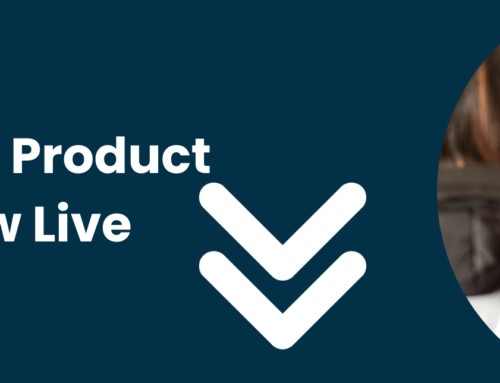Welcome to the third in our series of newsletters which aim to provide you with useful content to help support you and your clients.
It has been nearly 7 months since the UK was first put into lockdown. During this time, many people have been working from home, juggling the needs of family, friends and colleagues, whilst trying to look after themselves. Given Government announcements this week, whilst some businesses started to re-open their doors to staff over the summer, the working environment and pattern is likely to be changeable over the coming months. Many people will continue to work from home, especially in some areas of the country as further localised restrictions are put in place.
There’s no getting away from the fact that we’re living in very unusual circumstances, which is almost certainly going to have an impact on the mental health and behaviours of even the most resilient.
Conducted at the end of last year, our Health of the Workplace research showed a concerning increase in symptoms which could be associated with employee burnout. The further blurring between work and home-life as a result of the pandemic, coupled with potential concerns about financial and job security, could see employees working harder than ever before.
In this edition, we revisit the findings from our research and share insight to help you and your clients spot the signs of burnout and tips on how to support employees’ health and wellbeing during this uncertain time.
This week is National Work Life Week 12 – 16 October 2020, Working Families’ annual campaign to get both employers and employees talking about wellbeing at work and work-life fit. So you might want to share the Employers Guide to Burnout with your clients to help their staff.
We hope you find this useful.
| Guide to employee burnout | |
| This useful guide offers tips and support to help you and your clients spot the signs of burnout and take steps to address the issue. | |
|
| Spotting the signs | |
| Dr Doug Wright, Medical Director at Aviva UK Health and Protection gives his insight into how employers can try and spot the signs of burnout. | |
|



